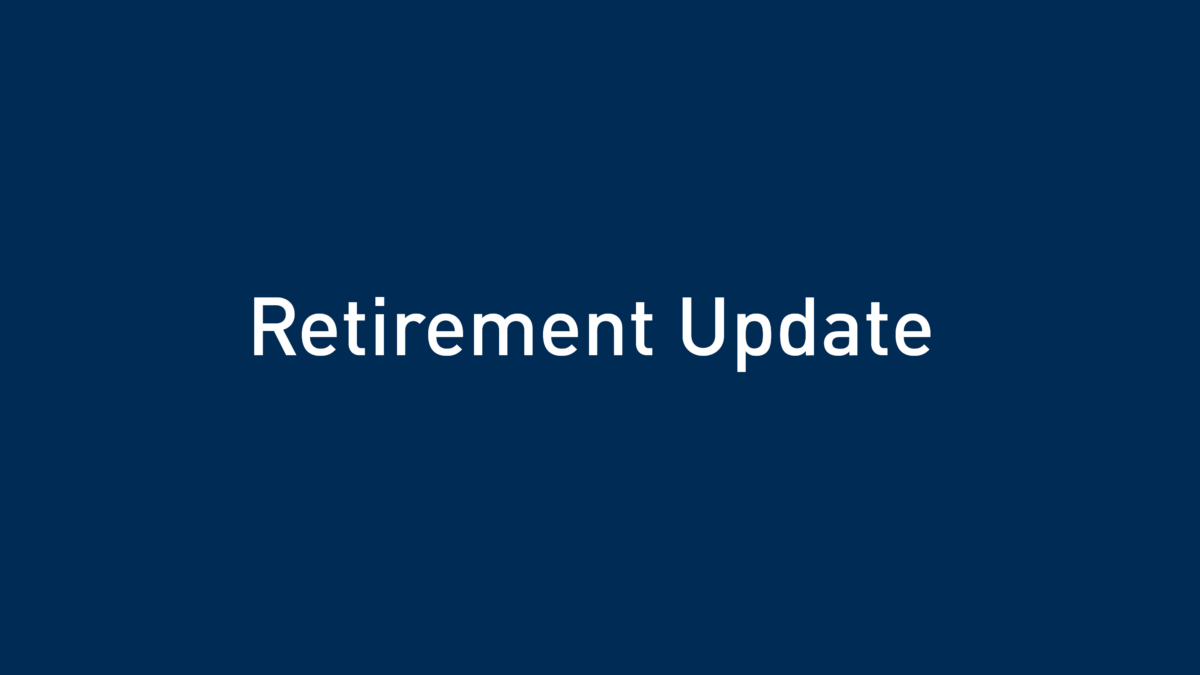Secure 2.0 Act

In 2019 the Setting Every Community Up for Retirement Enhancement (SECURE Act), changed tax planning and opened an easier pathway for average Americans to save for retirement. Since 2019 revisions have been proposed, and currently the SECURE Act 2.0 is being debated in Congress.
The House almost unanimously approved the Secure Act 2.0 in March of this year while the Senate has been working on its own version called the Enhancing American Retirement Now (EARN Act). The intent behind these proposals is to bolster Americans retirement savings since the majority of the population is still drastically underprepared for retirement. There is a good chance the SECURE Act 2.0 will be passed, as both the House and Senate versions feature similar provisions with slight differences such as dates and ages. The final bill is still being debated, but we do have an outline of what is currently on the table:
Provisions among the two proposals currently include:
- Increasing the RMD age from 72 to 75 over the next few years.
- Increasing 401(k) Catch-up Contributions for individuals ages 62 to 64 to $10,000 from the current $6,500 limit.
- Allowing SEP and SIMPLE IRA contributions to be designated as ROTH IRA contributions. A step further would require 401(k) catch-up contributions for those age 50 and older to be made on a ROTH basis.
- Giving employers the option to offer pension-linked emergency savings accounts, which may automatically opt employees in at no more than 3% of their salary, and the accounts are capped at $2,500 (or lower as set by the employer).
- Expanding access to employer-provided retirement plans through multiple employer plans, and through increased access to plans for part-time workers.
- Improving communication to retirement plan participants and transparency around lump-sum buyout offers for pension plan participants.
- Increased incentives for small businesses to sponsor plans by expanding the current tax credit from 50% of costs to 100% of costs capped at $5,000.
- Employers would be allowed to “match” employee student loan payments with a contribution to the employee’s 401(k) retirement plan to the extent the participant was making student loan repayments. To qualify, employees would be required to certify to their employer their student loans repayments.
- Proposals also call for the creation of a national online database, “Retirement Savings Lost and Found,” managed by the Department of Labor to help participants track down lost retirement accounts.
We will continue to monitor updates along the way, but the current proposals do bring good news for retirement savers and retirees!
This is for general information only and is not intended to provide specific investment advice or recommendations for any individual. The information has been obtained from sources we believe to be reliable; however no guarantee is made or implied with respect to its accuracy, timeliness, or completeness.
Acumen Wealth Advisors, LLC® is a Registered Investment Adviser. Advisory services are only offered to clients or prospective clients where Acumen Wealth Advisors, LLC® and its representatives are properly licensed or exempt from licensure. Past performance is no guarantee of future returns. Investing involves risk and possible loss of principal capital. No advice may be rendered by Acumen Wealth Advisors, LLC® unless a client service agreement is in place.